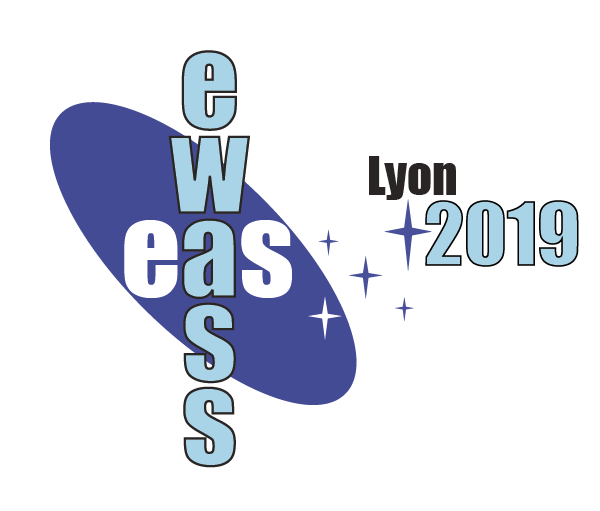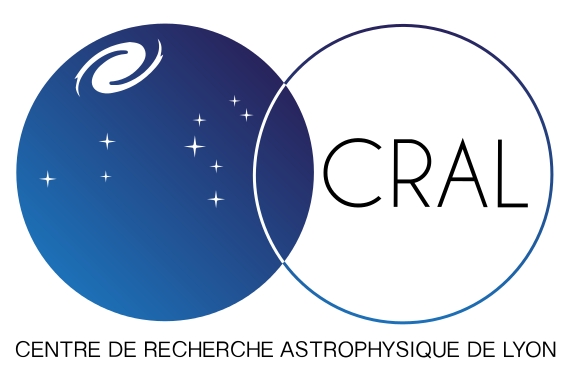Special Session SS40
26 June 2019
Atomic data for X-ray spectroscopy today and in the next decade
Aims and scope
X-ray spectroscopy is a crucial tool for numerous research field ranging from galactic evolution and black hole growth to interacting binaries and supernova remnants, from the interstellar medium and galactic archeology to charge exchange in the tails of comets, and from winds in massive stars to outflows in accreting systems. All astrophysical results from these observations crucially rely on our knowledge of underlying atomic physics.
We are currently hitting roadblocks where the astrophysical results are dominated by systematic errors caused by limitations in our knowledge of key atomic parameters. Measurements of outflow velocities of low-ionization material in AGN are limited to hundreds of kms accuracy by knowledge of transition energies. Resonant scattering is a powerful tool which can measure turbulence in galaxy clusters and giant elliptical galaxies, as well as angular diameter distances, but the current uncertainties of 10-20% in the atomic cross sections strongly limit its application. Uncertainties in atomic cross sections and transition energies limit our ability to correct for foregrounds, such as absorption effects in the ISM and IGM. These limitations can only be addressed through high quality laboratory measurements of atomic data.
The diagnostic potential of astrophysical spectra will take a leap forward with the advent of future satellites with large advances in spectral resolution and effective area, especially with the two X-ray observatories featuring microcalorimeters, JAXA's XRISM (approved, launch in the early 2020s) and ESA's Athena (study phase for L2, launch in the early 2030s), as well as the planned high resolution grating spectrometer ARCUS (in phase A study, launch 2023). Already, the analysis of one of the few existent astrophysical microcalorimeter spectra, the Hitomi SXS spectrum of the Perseus cluster, has shown that our atomic codes and databases were not of sufficient accuracy to meet the needs of the observations. Significant updates to the ATOMDB and SPEX atomic databases have been made as a result of discrepancies uncovered by this one observation alone, but large uncertainties remain in some of the most important diagnostic areas. Those are due to limitation in our knowledge of atomic physics and leave us unprepared for the future.
Only if we start addressing the data needs now will we be able to utilize the full potential of future instrumentation when it comes online. And only if the full width of astrophysical topics is represented, can the most urgent questions be addressed.
The aim of this session is to bring together the laboratory astrophysics and observational X-ray astrophysics communities in order to bridge the gap between the fields; to identify priority topics that need to be addressed in a laboratory setting to enable high resolution spectroscopy in the future; to foster understanding of the benefits and limitations of laboratory reference data among researchers using X-ray spectroscopy; and to promote international collaboration that optimizes the use of available experimental resources.
Programme
Invited speakers
- Gabriele Betancourt-Martinez (IRAP)
- Natalie Hell (LLNL)
- Missagh Mehdipour (SRON)
- Stefan Schippers (JLU Giessen)
- J�rn Wilms (ECAP/FAU Erlangen-Nuremberg)
- Hiroya Yamaguchi (ISAS)
Scientific organisers
Elisa Costantini (SRON), Jos� R. Crespo L�pez-Urrutia (MPI-K), Victoria Grinberg (IAAT-T�bingen, co-chair), Matteo Guainazzi (ESA/ESTEC), Maurice Leutenegger (NASA/GSFC, co-chair), Ciro Pinto (ESA/ESTEC)
Contact
grinberg @ astro.uni-tuebingen.de
Updated on Fri Feb 22 19:53:25 CET 2019
|

 A power cut will shut down all EAS services on Tuesday, 10 January 2017 starting at 7:30 CET.
A power cut will shut down all EAS services on Tuesday, 10 January 2017 starting at 7:30 CET.





